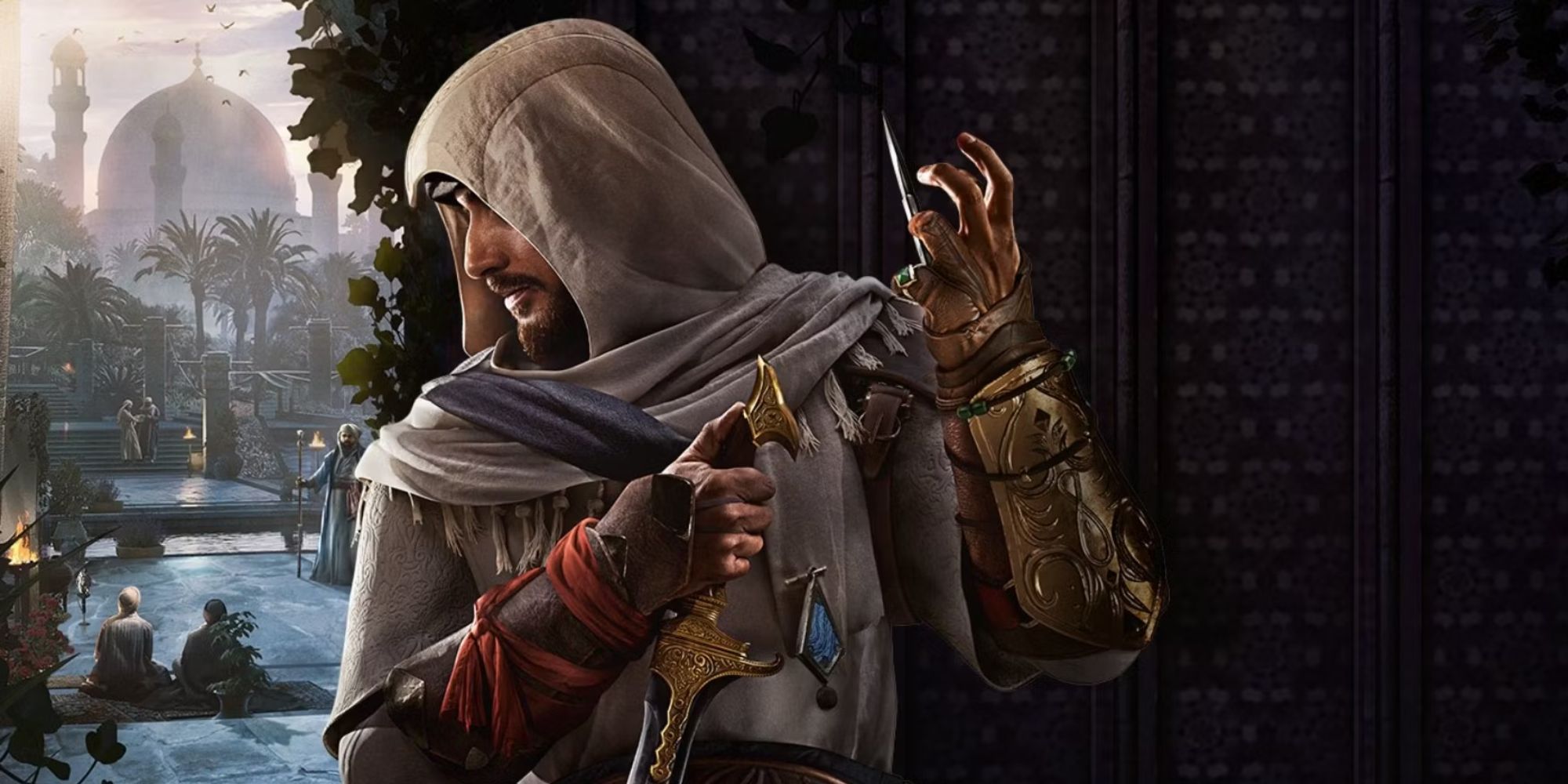Whenever a new entry in the Assassin’s Creed franchise comes out, people with a little bit of knowledge about the subject are always quick to point out the many inaccuracies, noting every minor historical discrepancy. The most incisive criticism usually gets into how little we actually know about history, pointing out that we couldn’t possibly put together a picture with such high resolution based only on what we can say for sure about the setting. I’ve done this myself from time to time. While there’s a lot of value in this line of reasoning, the more pressing question is why our knowledge about the past is so poor in the first place. The latest Assassin’s Creed game, Mirage, provides a perfect starting point for this important conversation.
I’m an archaeologist specializing in the Near and Middle East. I’ve done fieldwork all over the place from Turkey in the north to Sudan in the south, Egypt in the west to Iraq in the east. In other words, the same parts of the world where Assassin’s Creed Mirage takes place. This region is truly rife with history, being where some of the earliest civilizations were born, but the game takes place in a very specific setting: Baghdad in the eighth century. We call this the Early Islamic Period, at least when it comes to archaeology.
There’s a lot of background that I could get into about this era, but it would largely be out of the scope of this article. What you really need to understand is that we actually don’t know very much about this particular place or time, the problem being essentially twofold. First, there’s a lack of written records, and second, practically no excavation has been carried out in this area. There’s obviously been tons of excavation, but this particular period is often overlooked, for reasons we’ll get into.
In terms of historical sources covering the eighth century, we basically have only one. There’s a well known chronicler called al-Tabari, but there’s a big difference between a chronicle and a history, the latter being more narrative in structure, authors choosing events to interpret or analyze. The former by contrast is little more than a list. This leaves us with just a single historian, al-Musudi who, by the way, was born about a hundred years after the fact. On the one hand, al-Masudi did a commendable job documenting the sort of acts and facts of daily life that allow people like me to put together a picture of the past, but similar to so many other historians of the time, his focus was on rather elite affairs like power struggles between rival princes. What I really want to know is how ordinary folk lived their lives.
The only way to get a good grasp on what daily life was like in the past is to excavate. There’s no other means or method. You can’t just dig into the historical sources. In comparison to other times and places, the Early Islamic Period in the Near and Middle East remains poorly understood, mostly owing to a lack of decent documentation. You see, archaeological sites in the region tend to be multiphase, which means that occupation stretched across multiple periods, occasionally thousands of years. This means that in order to keep going down, you have to destroy whatever you find on top. The trick here is that for most of the last couple of centuries, people have been trying to excavate the bottom levels, blowing through everything above in order to get at the stuff below. We only started caring about this more recent material a couple of decades ago.
While you can perhaps forgive a fieldworker from a hundred years ago for not giving due diligence to the Early Islamic Period, part of the problem is that archaeology remains highly political, particularly in the Near and Middle East. Israel for example is a country where a large portion of the population has very little concern for commemorating this part of their history, the result being that archaeologists frequently disregard these levels of the local stratigraphy, sometimes even leaving them out of their field reports entirely. I unfortunately can bear witness to this myself.
There have been some excavations in other parts of the Near and Middle East that paid close attention to the relevant stratigraphic layers, but the region has been in a certain amount of turmoil for the last twenty years, preventing a lot of work from being performed. The fieldwork that did take place was on the other hand published in Arabic. Now, this might not seem like much of a concern, but hardly anyone working on the archaeology of the Early Islamic Period actually speaks Arabic, at least outside of, well, Arabia. Most university programs in Europe and America require graduate students to learn some combination of English, French, and German instead of Arabic, since most of the scholarship was written in one of these three languages. This is the result of the various colonial ventures undertaken during the nineteenth and twentieth centuries, another taint on the record of the discipline.
Assassin’s Creed Mirage is a reminder that we know so little about the past for some very good (and very bad) reasons. Whether a lack of sources or just a plain old lack of interest, regions and time periods have received next to no archaeological attention, the Early Islamic Period in the Near and Middle East being chief among them. We all need to look past the subject of historical accuracy in games like Assassin’s Creed Mirage in order to ask ourselves why it is that we have such poor knowledge. Before developers can “do their research,” the research has to exist in the first place.
Source: Read Full Article

